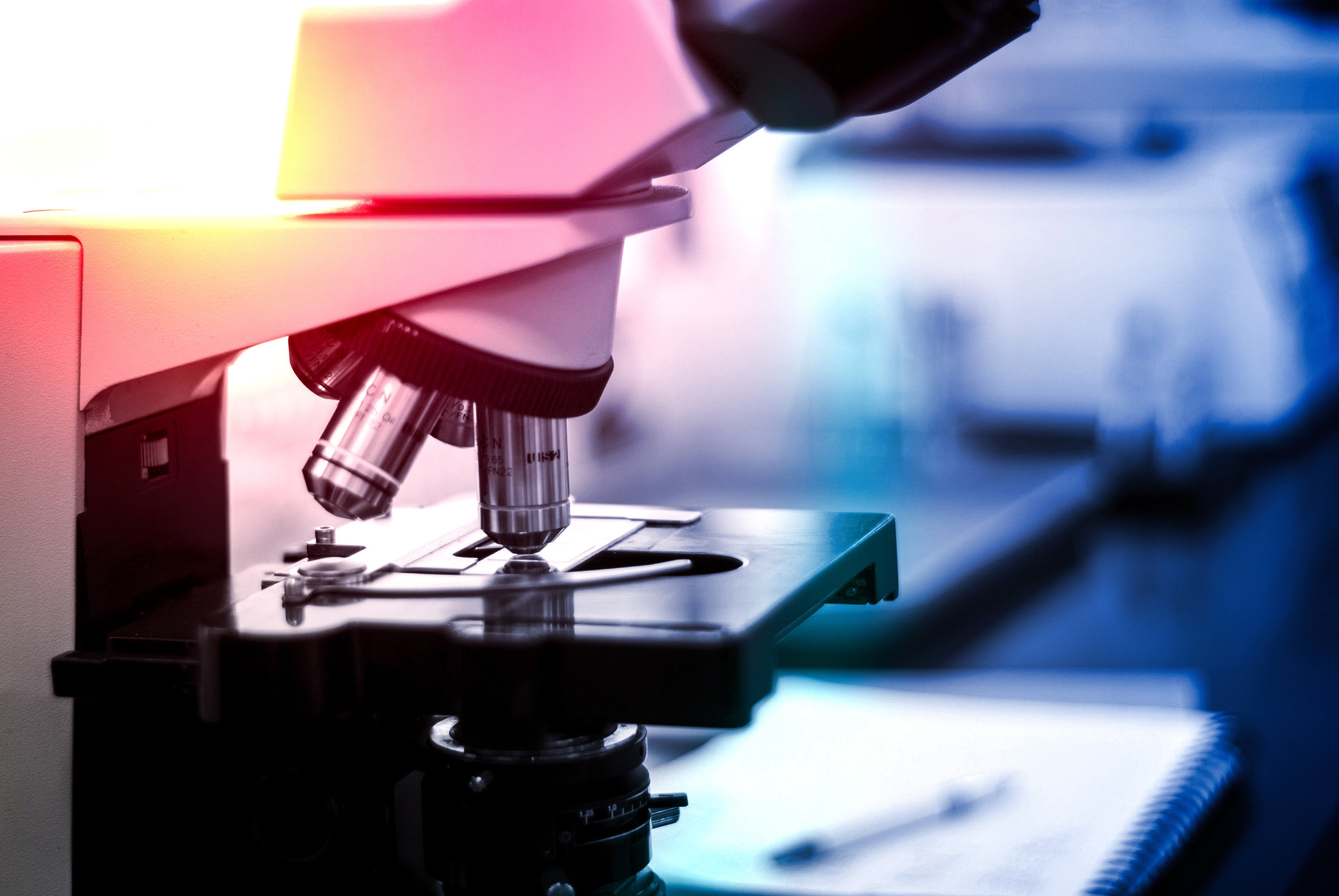How Much Do Biotech Solutions Cost?

A key factor in the development of biotechnology is determining its value. In turn, government interest, private sector investment and diversification of sources of capital play a major role in determining the value of biotechnology.
The pandemic has also contributed to the development of biotechnology. The Silicon Valley Bank report notes that in the first six months of 2020, as many biotech-focused funds appeared in the U.S. alone as in all of 2019 with more than $10 billion in capital, so the venture capital market has taken the biotech route (www.svb.com).
The source of capital for conducting biotechnological research can be not only private and public sector investments, but also crowdfunding platforms have begun to play an important role, attracting funds for specific projects from several investors.
In addition, resources play a key role in the cost of biotechnological solutions and, accordingly, their availability, both technological, for example, research centers, and human resources, i.e. highly qualified specialists. Thus, the higher the availability of technological and human resources, the lower the development costs and the ability to scale biotechnological solutions. At the same time, other processes that are sources of additional costs that also need to be worked on, for example, logistics, also play a role.
In order to reduce the cost of biotechnology, the "Design-Build-Test-Learn" cycle must be accelerated by increasing research facilities, acquiring new ones or upgrading existing ones, while increasing the number of highly qualified biotechnologists and strengthening the interaction between the private sector and the government, which will allow scaling up already developed solutions.
The emergence and mastery of new tools has already shown positive results in reducing costs. In particular, data presented on the website of the National Human Genome Research Institute (NHGRI, USA) show that the cost of creating a high-quality "draft" sequence of the complete human genome in 2006 cost about $14 million, in mid-2015 this price was just over $4,000, and by the end of 2015 it had fallen below $1,500 (The Cost of Sequencing a Human Genome, www.genom.gov).
Thus, the emergence of new tools, the evolution of biotechnological research, contributing to the acceleration of procedures, increasing their accuracy and quality, will ultimately reduce costs and provide an opportunity for mass distribution of biotechnological solutions, making it more accessible.